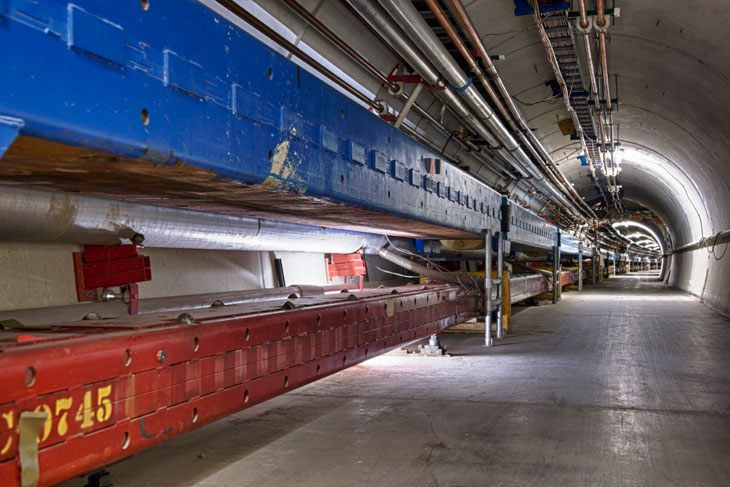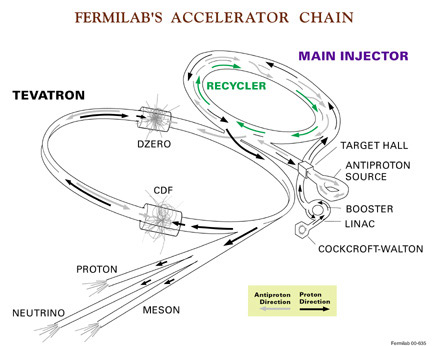The Tevatron:
28 years of discovery and innovation

The Tevatron, the world's highest-energy proton-antiproton collider, shut down on Sept. 30, 2011. Since 1983, the United States's most powerful atom smasher has created particle collisions and provided particle beams to fixed target experiments and test beam areas. The Tevatron has informed some of the most important fundamental discoveries of our time, such as the existence of the top quark and five baryons, which helped to test and refine the Standard Model of particle physics and shape our understanding of matter, energy, space and time. The Tevatron research program also yielded countless achievements in detector, accelerator and computing technology. This timeline highlights some of the Tevatron's milestones.

During the next few years, the two detector collaborations that use the Tevatron, CDF and DZero, will continue to analyze data, produce results and publish scientific papers. CDF and DZero explore the subatomic world to search for the origin of mass, extra dimensions of space and new particles and forces that would help explain the nature of our universe.
Fermilab will continue investigating the science behind our universe using present and future experiments at the frontiers of particle physics. While the Tevatron has been Fermilab's major focus in the past few decades, the laboratory's particle physics portfolio is diverse. The laboratory will continue to operate most of the ten accelerators on site and use them to continue to produce and provide particle beams for experiments involving protons, neutrinos and muons. Learn more about Fermilab's current and future experiments and the role that its accelerators will play.
- Last modified
- 05/06/2014
- email Fermilab

